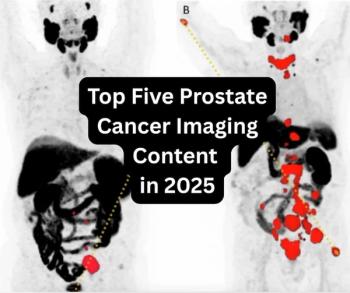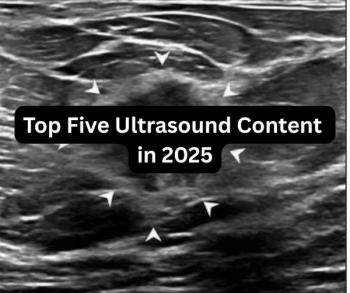
Moakley leaves Philips Medical Systems
The ongoing game of musical chairs in medical imaging's executivesuites continues unabated. Philips Medical Systems Internationalof Best, the Netherlands, last week became the latest companyto bring on a new chief executive when it announced that
The ongoing game of musical chairs in medical imaging's executivesuites continues unabated. Philips Medical Systems Internationalof Best, the Netherlands, last week became the latest companyto bring on a new chief executive when it announced that chairmanMichael Moakley was stepping down and being replaced by seniorexecutive vice president Hans Barella.
Although he is leaving the medical industry, Moakley will remainwith Philips, serving as president and CEO of Philips ElectronicsNorth America. He will also become head of a new regional headquartersPhilips has created in North America, with responsibility forthe U.S., Canada, and Mexico.
Moakley joined Philips in 1989, and became chairman of PhilipsMedical Systems International in 1992 (SCAN 7/1/92). At the time,Moakley was the first American CEO of a Philips product division.Prior to joining Philips, he had worked for 25 years at rivalGE Medical Systems.
Barella joined Philips in 1963, and has served as product managerand marketing manager at several Philips business units duringhis tenure at the company. He was named managing director of PhilipsMedical Systems in 1986, and has been senior executive vice presidentsince 1992.
Moakley was also chief executive of Philips Medical Systems NorthAmerica, the company's U.S. subsidiary in Shelton, CT. He willbe replaced as president of PMSNA by Jack Price, previously vicepresident of marketing. In addition, Philips vice president ofservice Carl Reilly will add COO to his resume.
Newsletter
Stay at the forefront of radiology with the Diagnostic Imaging newsletter, delivering the latest news, clinical insights, and imaging advancements for today’s radiologists.




























